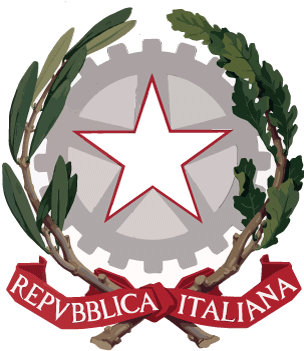First, choose an event o a place to visit
Select the date from the calendar and indicate the number of people to send your booking request.
You will be contacted by our staff. Thank you.
Fill out the form with your data to confirm your booking.
Thank you. Your booking code is {{codice}}, we have sent a summary email to the address {{email}}
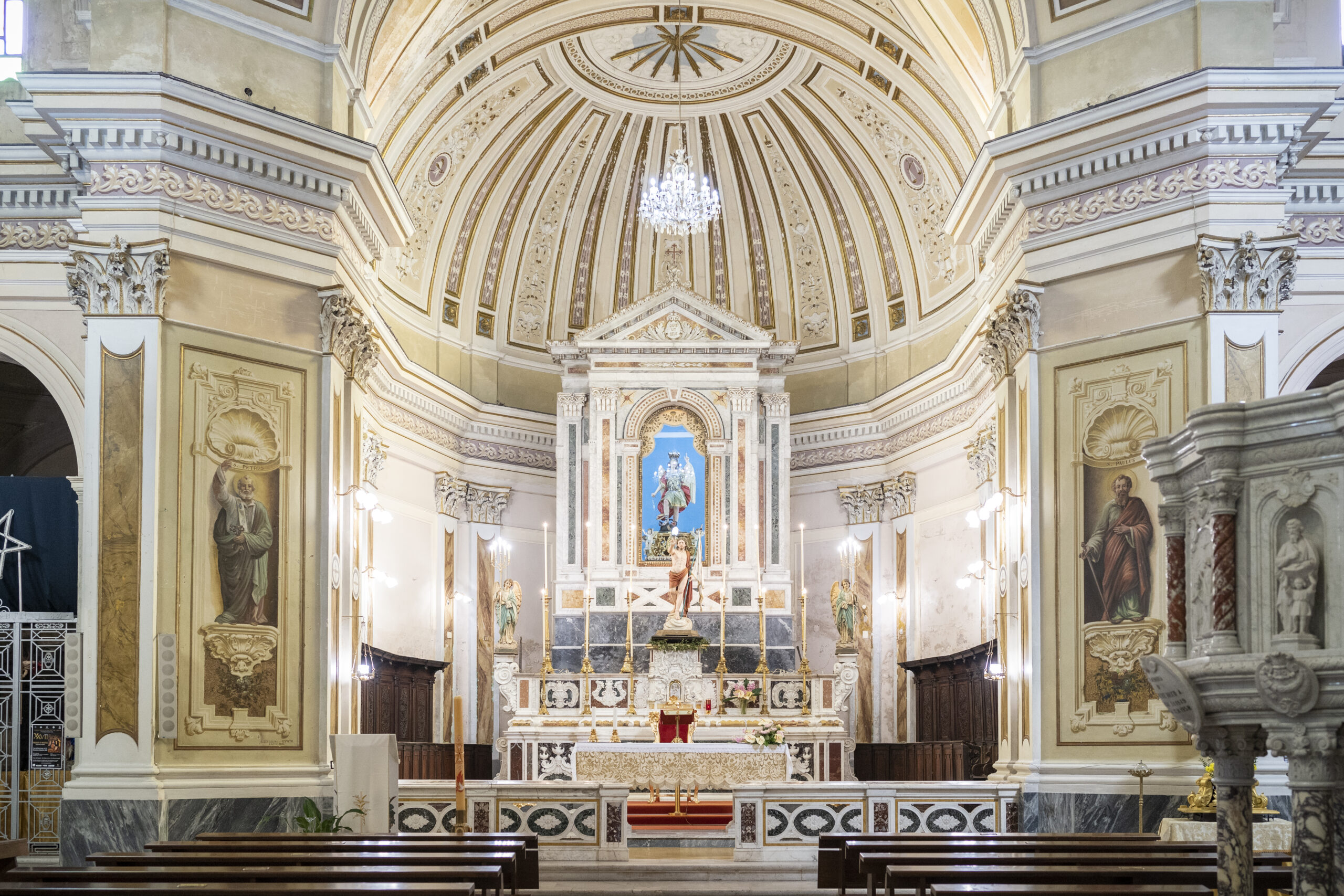
Discover the 3D model of the Mother Church, object of interdisciplinary research carried out thanks to the Scientific Collaboration Agreement between the Interdepartmental Research Center Urban\Eco of the University of Naples Federico II and the Diocese of Teggiano-Policastro.
IX-X century
The cult of San Michele spreads in the West due to the influence of Byzantine culture. In the fifth century it was born in Puglia, in Monte Sant’Angelo, the holiest place dedicated to the Archangel. When the Longobards of Benevento defeated the Byzantines on the Gargano on 8 May 674, the region passed under their jurisdiction and with it the sanctuary. The victory is seen as a field crossing by the Archangel, who becomes the protector of the Lombard people.
Starting from this date, numerous dedications to the Archangel followed one another throughout the territory subjected to Lombard jurisdiction. The original nucleus of the Mother Church, dedicated to the patron saint of Padula, the Archangel Michael, was probably founded in the 9th century, at the same time as the birth of the village. The cult of Michael in Padula appears to be older, probably dating back to the Constantinian age.
The internal space, divided into three naves, has a late Baroque look, the result of a series of restorations that have taken place over the centuries. In 1954 the artist Rocco Pennino created a cycle of frescoes which also included the decoration of the dome. Of great value are the decorations in Padula stone and the wooden statues of San Francesco di Paola and the Archangel Raphael created by the Padulese artist Andrea Cariello at the beginning of the 19th century. Of great value is the diptych by Stefano Sparano, kept in the sacristy, which depicts Saints John the Evangelist and Augustine, dating back to 1509.
The church has an important documentary and archival fund, with numerous parchments.

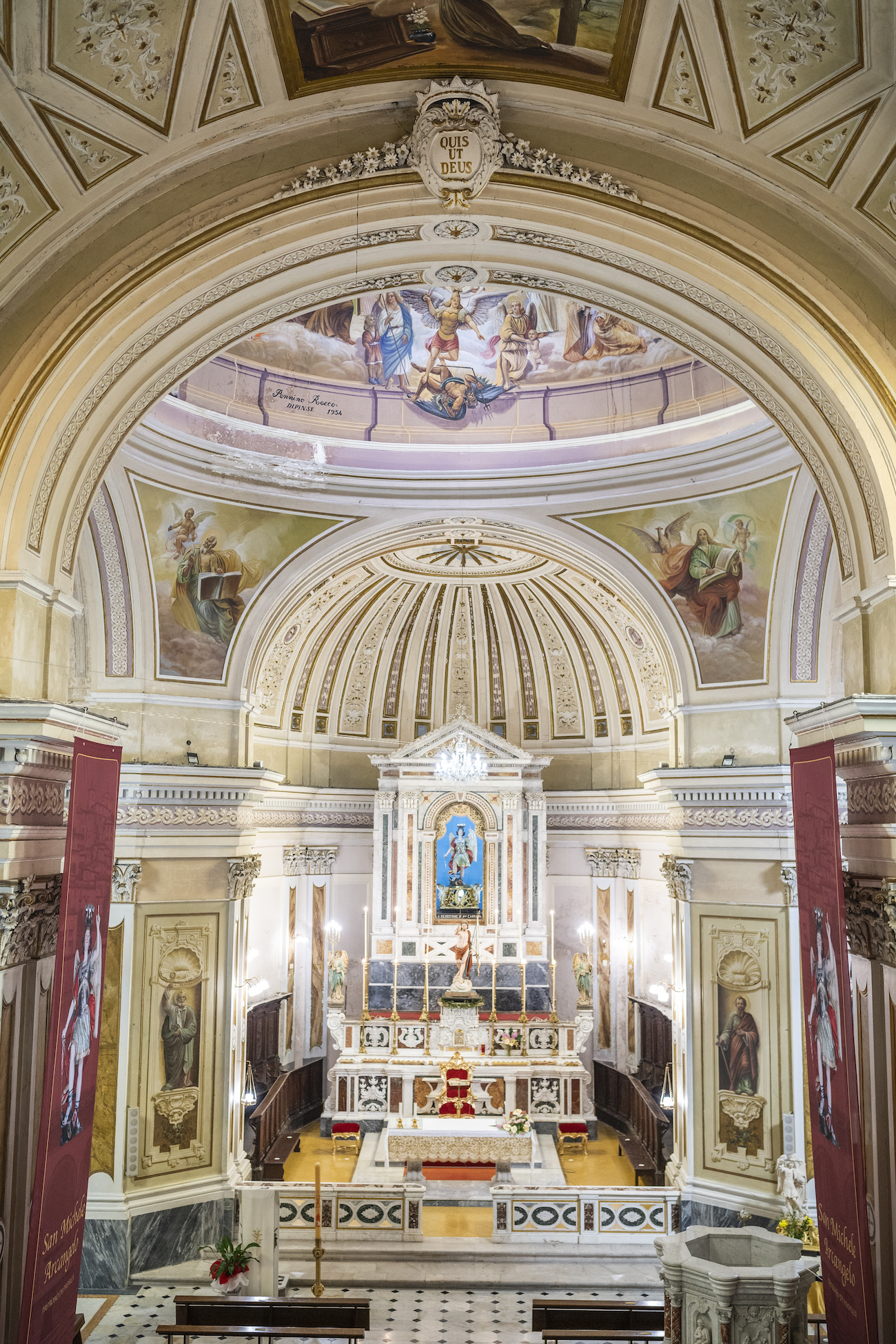
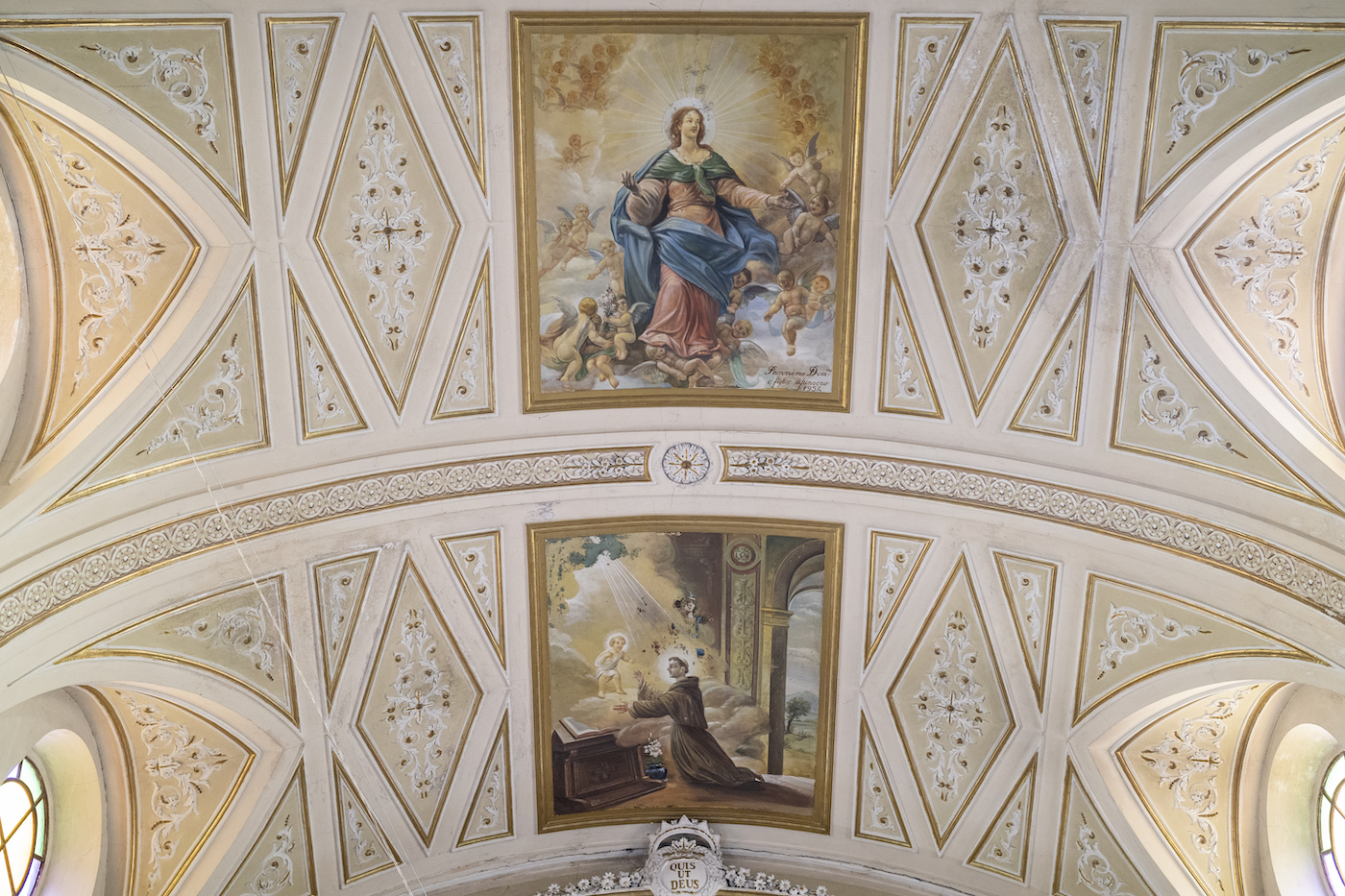
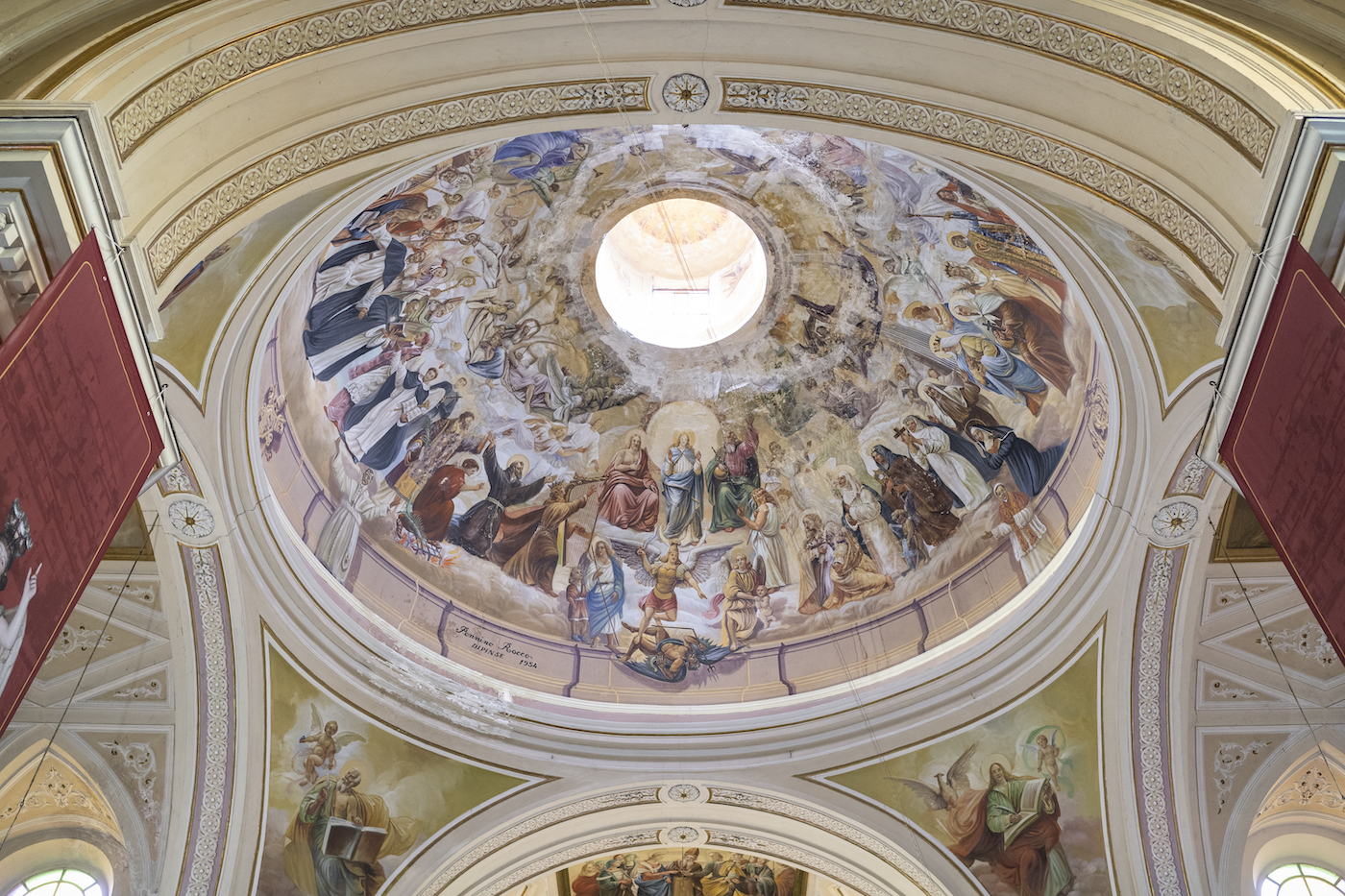
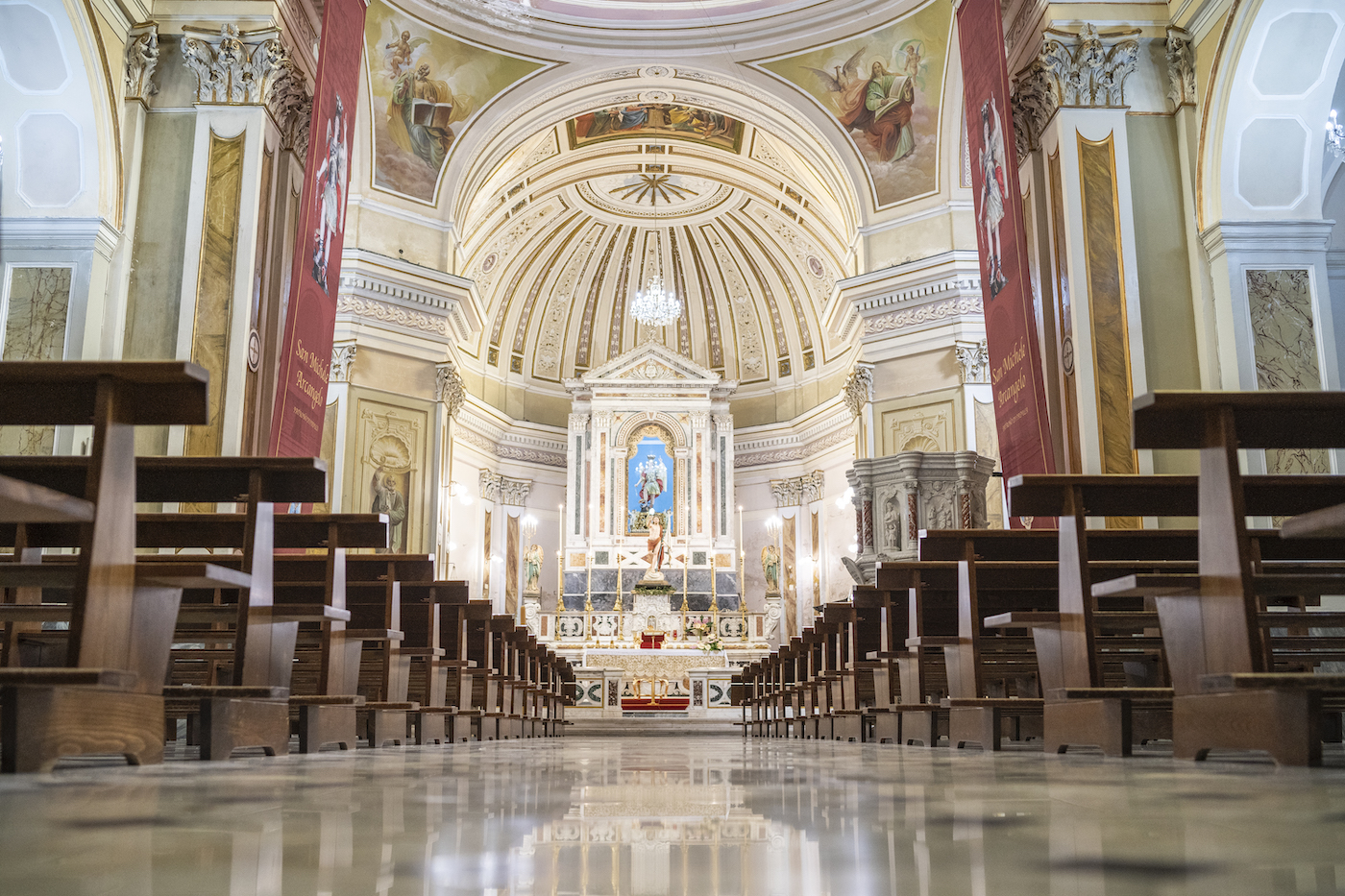
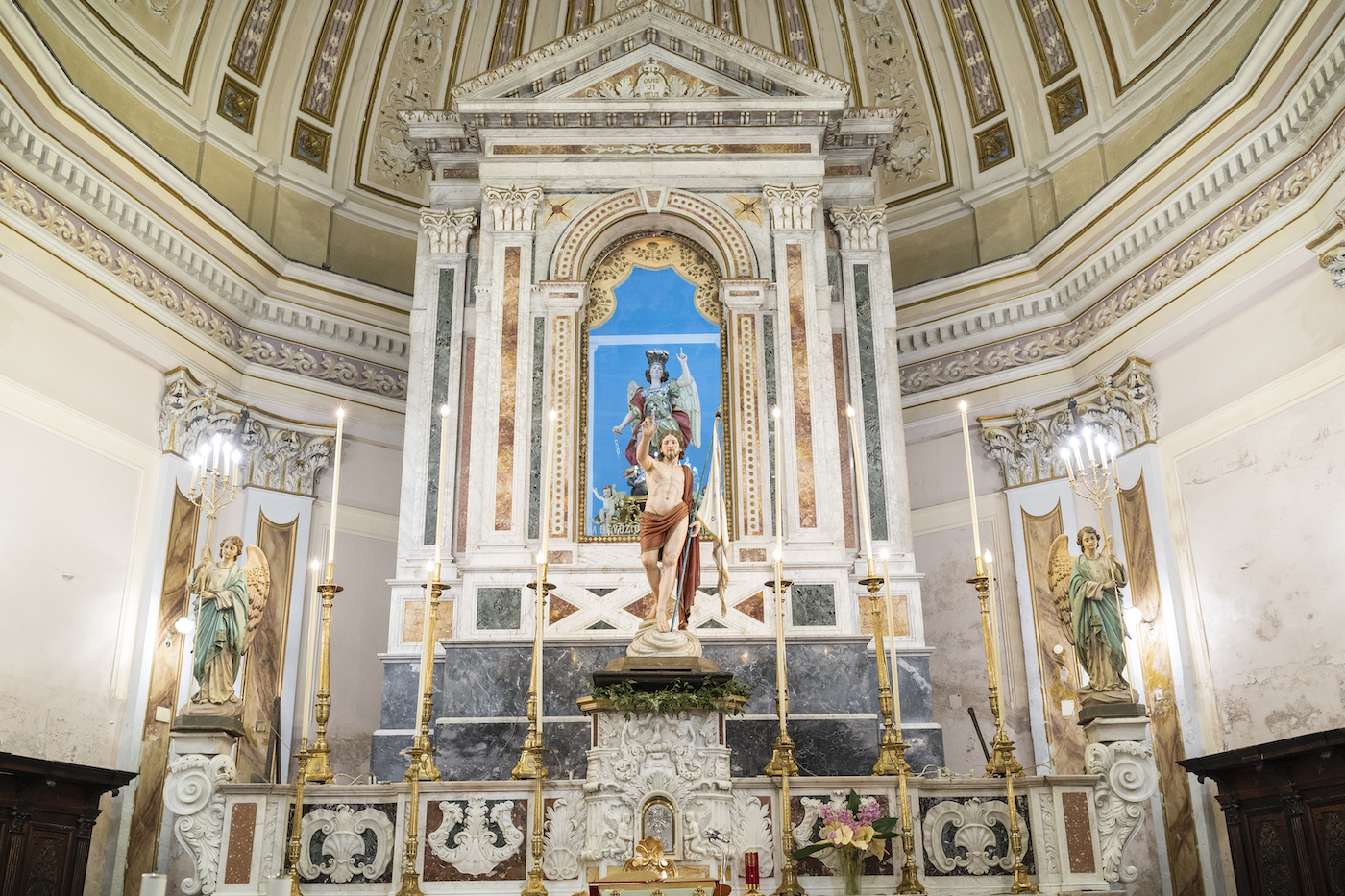
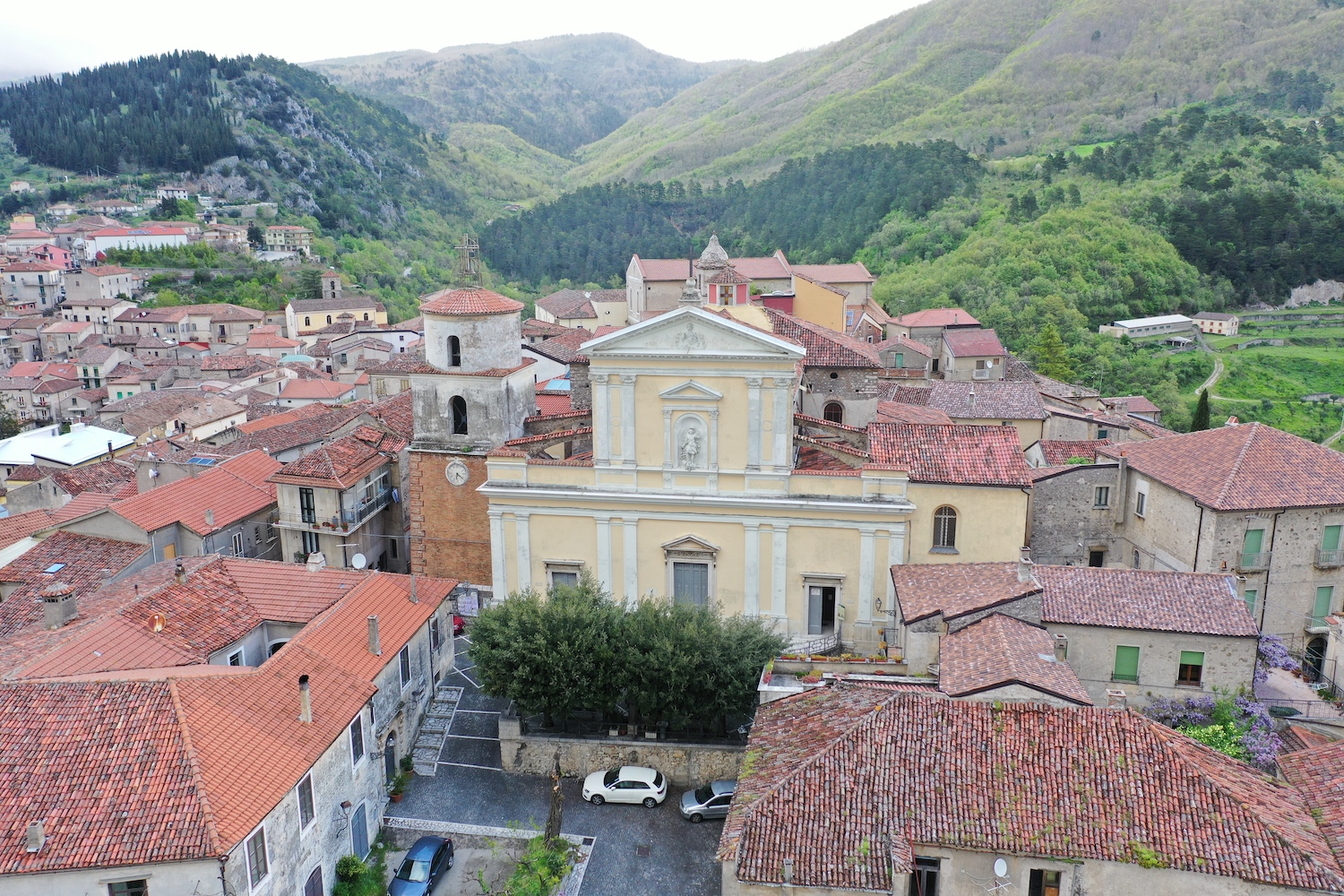
Padula, famous throughout the world for the monumental Certosa di San Lorenzo, a UNESCO heritage site, is rich in artistic and architectural elements, made up of churches, streets, statues and votive aedicules also made of local stone which bear witness to 1100 years of life. Therefore, it is not possible to overlook the context in which the Carthusian site was built and above all to overlook two fundamental elements: the matter and the spirit of the Certosa. Discover the itineraries through the territory of Padula.



